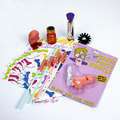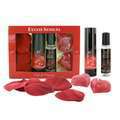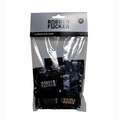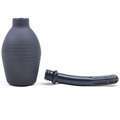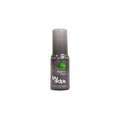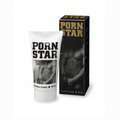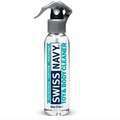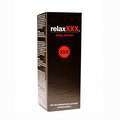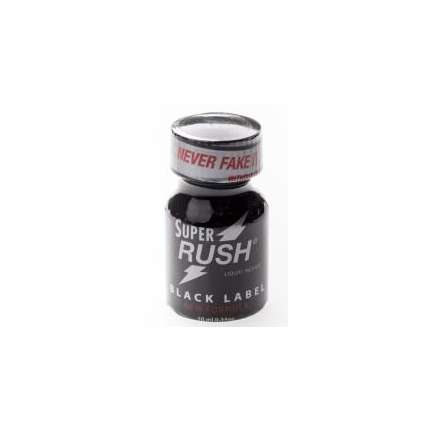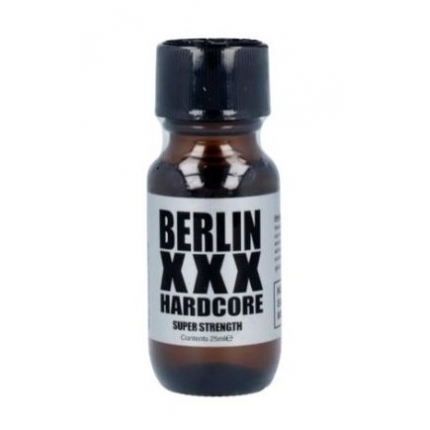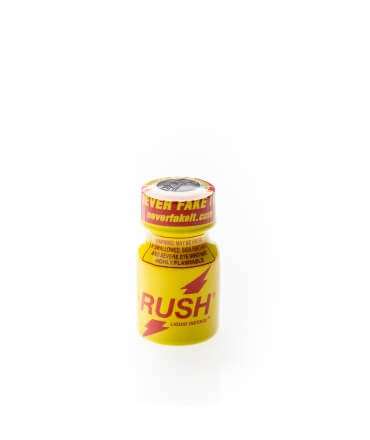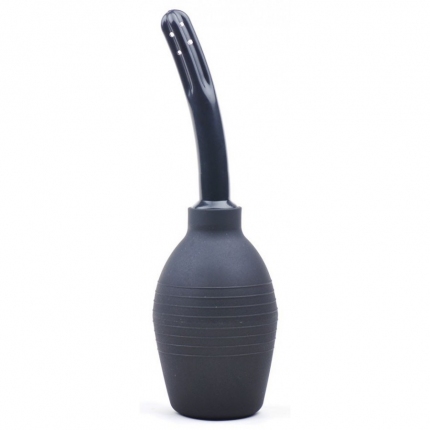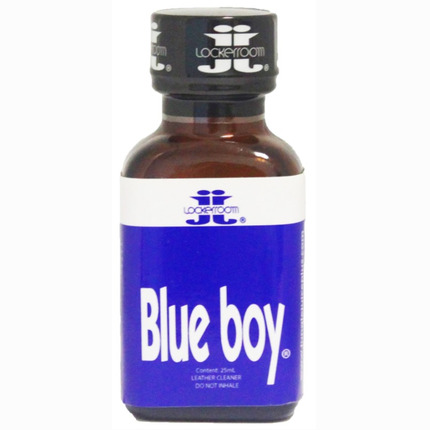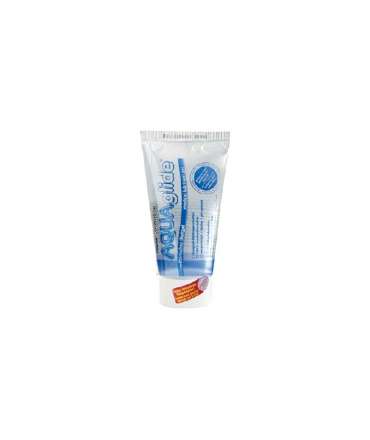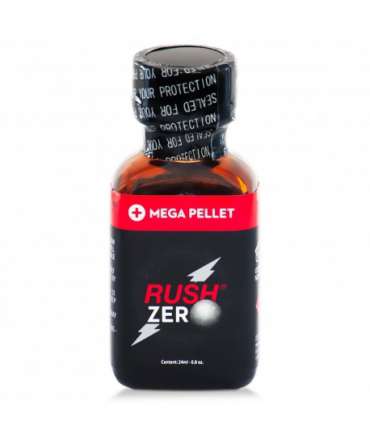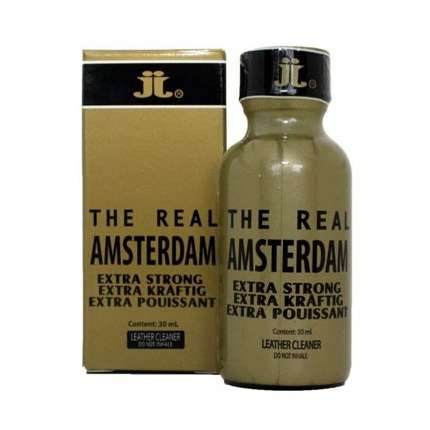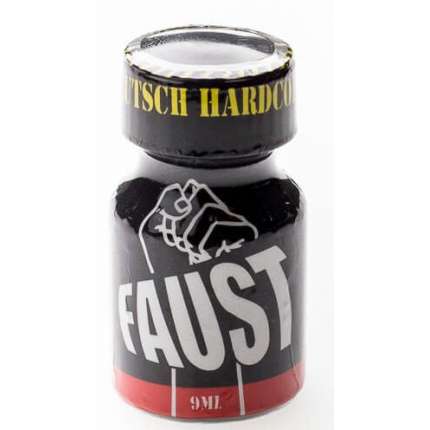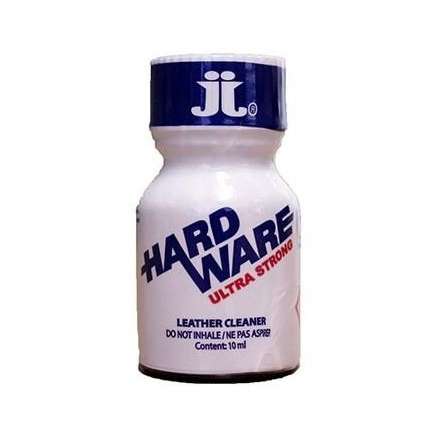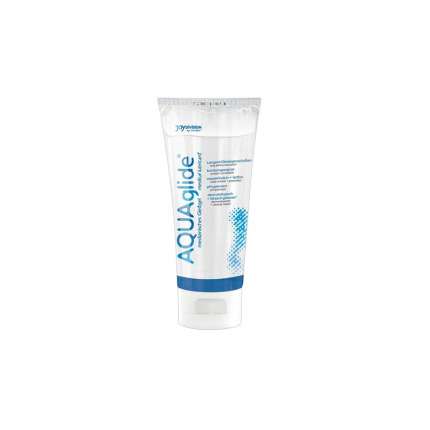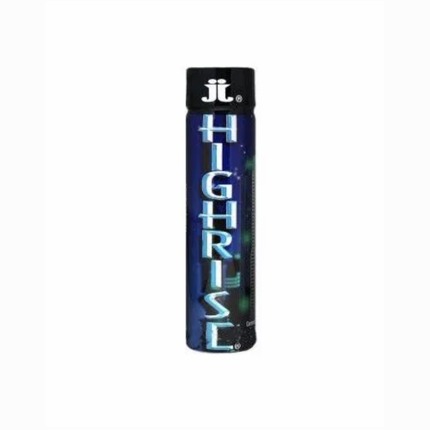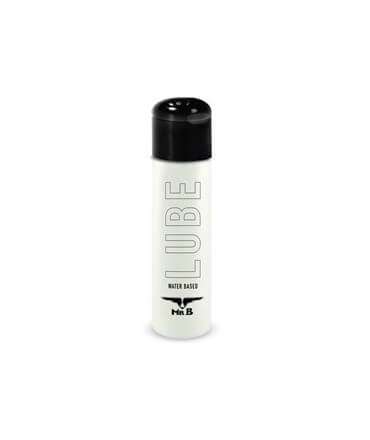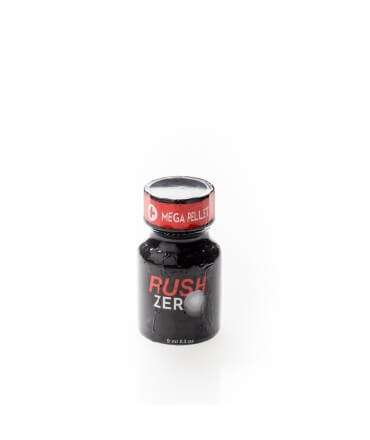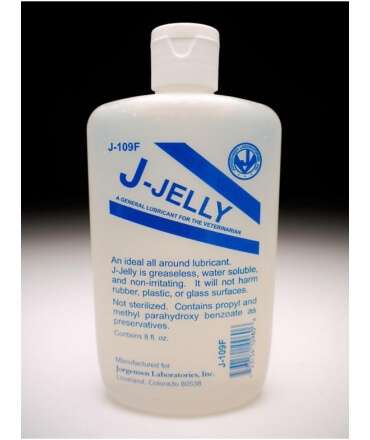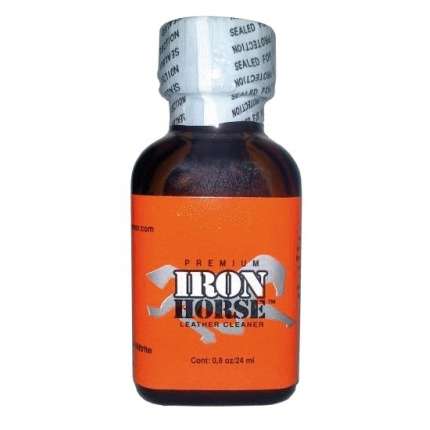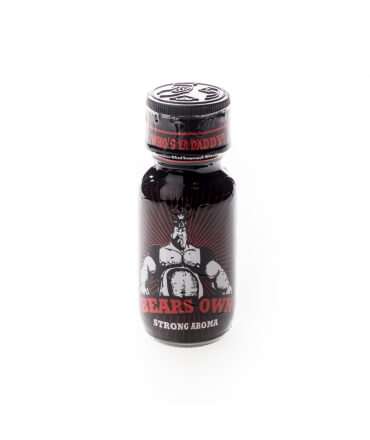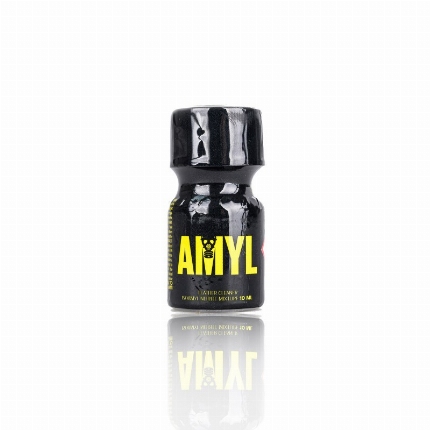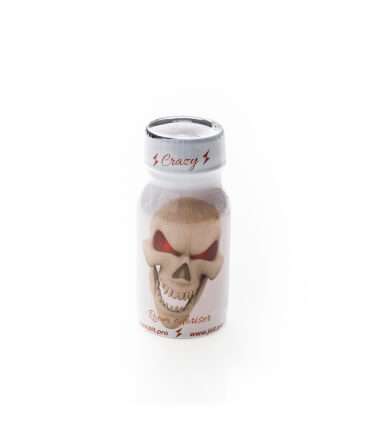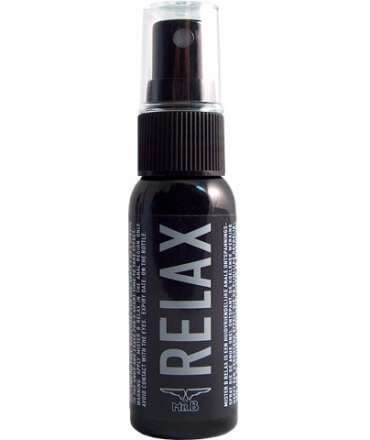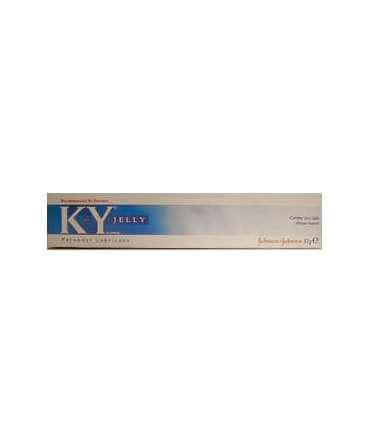The Lancet Public Health magazine did a study that tells us that menstrual cups are an amazing alternative to pads and tampons that cause the same amount (or less) of leaks.
This study concludes that menstrual cups are safe and increasingly used by women around the world as an alternative to sanitary towels or tampons.
The research concludes that 1.9 billion women, that is, about 26% of the world's population, were, in 2017, of menstrual age, but that ignorance , prejudice, costs and doubts about the safety of some products prevent girls and women from testing the full range of products available.
It was concluded that menstrual cups are as effective or more effective at preventing leakage than sanitary towels or tampons. Which are safe to be used by women and young people. That your purchase is increasingly easier due to the increase in the number of companies that in recent years have begun to market this type of products. And, finally, they may also be associated with a growing concern for the environment.
Although the menstrual cup is an alternative to traditional methods, there are still many reservations about its use. Therefore, they remain unpopular compared to sanitary towels and tampons.
This product has a part that serves to retain the liquid — which instead of being a small cotton straw like in the tampon is a reservoir — and another that serves to its removal from the vagina (instead of a thread, it is a kind of stalk).
The woman must mold the cup (it must be rolled into a tube) to be able to introduce it into the vagina, leaving the peduncle close to the entrance of the same and that serves to then remove it. Once inside the vaginal canal, the cup, being moldable, will open and “stick” to the vaginal walls, remaining in a vacuum. At that moment it will act as a cup that will retain the menstrual flow. The menstrual cup has twice the capacity of traditional pads and tampons.
Those with low flow can go a maximum of 12 hours without removing the cup.
To remove it:
- Just pull the stalk which should also be inside the vaginal canal, although accessible,
- Squeeze the bottom of the cup to end the vacuum effect and remove it.
- Then just flush the toilet, wipe the cup with wipes or wash it and it's ready for reuse.
This method does not have as much impact on the environment as dressings and tampons, which are single-use, as it can be reused.
As for the material, the menstrual cup is made of hypoallergenic surgical silicone. There are already several brands selling the product on the Portuguese market, with the price being around 30 euros and the glass can last up to ten years. But, our glass is much cheaper than this average and has the same characteristics. For €19.99 you can already have your menstrual cup. SEE HERE.
In investigations involving 507 women, menstrual cups had no negative effects on vaginal flora (the bacteria that live inside the vagina), which can lead to infections or discharge vaginal.
The study found that most women in several countries who tried to use menstrual cups felt comfortable and enjoyed using them. Of the percentage of participants in the analysis, 73% of women and youth said they would continue to use this method after learning how to use it and trying it out over multiple menstrual cycles.
Source: O Público, P3, Sofia Neves




